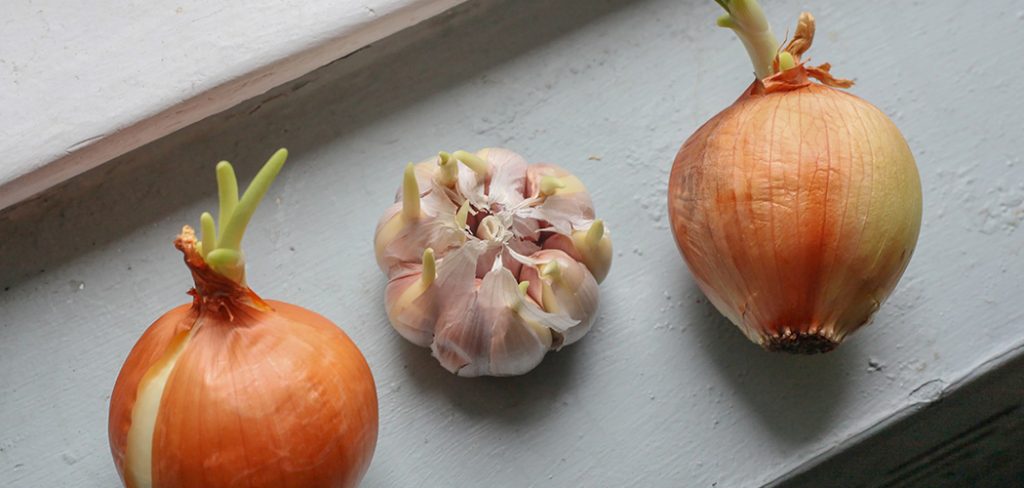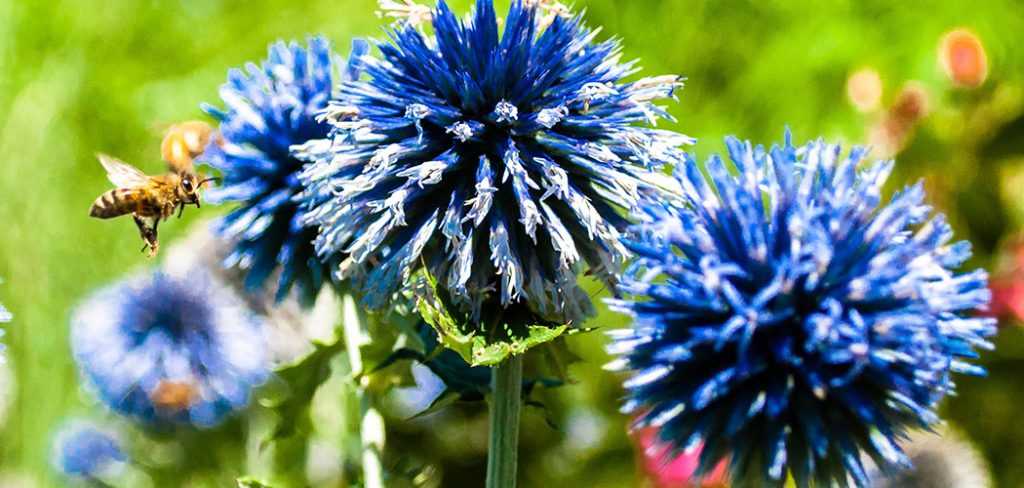A bumper harvest of any plant is every farmer’s desire. Asparagus does not fall short in this list of plants. If you are an asparagus farmer, you probably know that for you to have bumper crops. You should highly put companion planting for asparagus.
Companion plants are those that form a symbiotic relationship with the main plant. With a common interest at hand, of course. In the case of asparagus. What are the right asparagus plants that you should use that will be mutually beneficial for your plants? What are the benefits of companion planting for your asparagus crops?
These are some of the questions that linger in the minds of aspiring asparagus farmers. In this article, we will be answering these exact questions for you. So stick around to find out just how to do companion planting and how to do it right. Let’s begin.
What You Should Know When Considering Companion Planting for Asparagus
The first rule when deciding companion planting for asparagus is determining their compatibility with each other. Being a perennial plant, asparagus enjoys sunny areas. They reach full maturity after about two-and-a-half years. After which they form spears for the coming decade and a half or so. What this simply means is that the companion plants chosen should also enjoy the exposure form the sun. Must have the ability to co-exist with the semi-permanent asparagus.
The asparagus belongs to the lily family. They were first grown in the coastal area of Eurasia. These plants have minimal demands when it comes to culture as they only require proper chilling during the winter season, and they grow almost anywhere. They are also known to naturalize with ease. Once your asparagus is fully developed, you will notice their easily noticeable greenery that looks like ferns reaching out above the low wees as well as the grasses in the fields. The asparagus will flourish when planted alongside annual vegetables with broad leaves or biennial fruits.
Companion planting involves those plants that can add nutrients to the soil and can keep diseases and pests away from the asparagus crop. Also, they should be able to attract useful insects or, more importantly, assist in water retention as well as holding back weeds.
What are the Suitable Companion Plants
Suitable companion plants that do well with asparagus may be other vegetable plants flowering plants, or even herbs. Numerous plants get along with the asparagus; however, tomatoes have been known to be infamousin playing the role of companion plants for asparagus. This is because of a chemical called solanine produced by vegetables that act as a repellent to asparagus beetles. When these beetles are being kept away from the asparagus crop, they end up creating a chemical of their own that preventsnematodes.
Another reason that keeps the asparagus beetles is interplanting basil and parsley together withtomatoes near the asparagus. What you should do instead is to plant the basil and parsley below the asparagus; for the tomatoes, plant them alongside the asparagus. The advantage of this approach is that the herbs will aid in the growth of the tomatoes; this way, every grown plant wins either way.
Other herbs that act as suitable companions plants for the asparagus are coriander as well as comfrey. Also, dill acts as a right companion plant. These herbs can repel pest insects, including the spider mites and the aphids away, as well as other insects that pose a threat to the asparagus plants. During the spring season, it is advisable to plant spinach, lettuce, or even beets between the rows of the asparagus plants. Moreover, during summer, grow a second crop, either lettuce or spinach; and since asparagus fronds are much taller, they will offer these crops that prefer cold conditions the required shade from the sun.
When it comes to flowers, there are a few ones that do well alongside the asparagus plants. The nasturtiums or the marigolds do well as the flowers belonging to the Aster family.
Mistakes to Avoid when Choosing Companion plants
Some plants should be avoided when choosing companion plants for asparagus. When choosing companion plants, be sure to keep away from onions and garlic as these do not really get along with the asparagus very well. They should be grown further away in the garden from the asparagus plants. Potatoes are other notorious crooks that you should keep away from your asparagus crops as they are set on harming them when grown together. Be sure to counter check all the compatible plants that will co-exist with the asparagus in the garden before planting them. This is because some plants just do not like each other and do not get along.
Conclusion
The first to consider when deciding companion planting for asparagus is determining their compatibility with each other. The asparagus belongs to the lily family, and they were first grown in the coastal area of Eurasia. Companion planting involves those plants that can add nutrients to the soil and can keep diseases and pests away from the asparagus crop.
Suitable companion plants that do well with asparagus may be other vegetable plants flowering plants, or even herbs. Another reason that keeps the asparagus beetles is inter planting basil and parsley together with tomatoes near the asparagus. In addition to this, other herbs act as suitable companions plants for the asparagus is coriander plus comfrey.
When it comes to flowers, there are a few ones that do well alongside the asparagus plants, consider the nasturtiums or the marigolds as they do well together with the herbs belonging to the Aster family. Some plants should be avoided when choosing companion plants to be grown alongside asparagus. When selecting these plants, be sure to keep away from onions and garlic as these do not really get along with the asparagus very well. Now you know the dos and don’ts of planting the asparagus, and you will find this article particularly helpful when you begin growing your asparagus. Good luck!
Read my other post on growing Carrots and Cauliflowers in your backyard.

